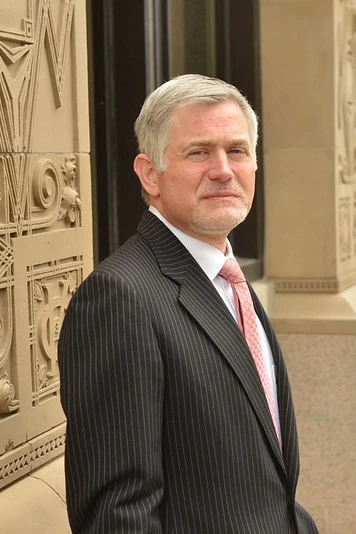As the science and technology used in criminal cases continue to advance, a criminal defense attorney in MN must possess a thorough understanding of the evolving transformation from more basic forms of evidence to highly technical forensics in order to offer clients effective representation. Advanced technology affords the prosecution an expanded array of avenues to build a case against an individual who is charged with a crime, and in doing so will often create more complications than many defendants might expect. It is important to remember, however, that an experienced and knowledgeable criminal defense attorney who is familiar with more advanced forms of evidence has the ability to dispute areas of weakness regarding the evidence and to use those same avenues to build a strong defense as well.
(Article continues below Infographic)
When a criminal case goes before a jury, the story that is presented is typically the most important factor involved. In the old days, both sides of a case would present their “story” by using witness testimony, circumstantial evidence, and rough drawings or other visuals based upon probability. In other words, the accuracy of the evidence used left something to be desired. Scientific advances and innovative technology, however, have changed the way stories are told, as well as how they are presented in court.
Table of Contents
Advanced Technology and Methods that Impact a Criminal Case
There are numerous types of technology and evidence collection methods that can impact a criminal case.
- DNA: Also known as deoxyribonucleic acid profiling or genetic fingerprinting, DNA profiling was first developed by British geneticist Alec Jefferys in 1984. Just a few years later, in 1988, DNA profiling was used to help convict Colin Pitchfork of murder. Further development of DNA profiling, and the introduction of the ability to use the science to obtain matching on extremely small samples of skin, hair, blood or saliva has caused numerous cases to be reexamined because new evidence can be discovered that was not available previously. While DNA profiling is typically very accurate, contamination from the DNA of multiple people can make matching difficult.
In criminal cases, a defense lawyer in Minnesota can sometimes challenge the validity of matching by identifying weaknesses such as issues with collection, cross contamination by exposure to multiple sources, and/or poor handling or storage techniques. Additionally, DNA profiling can sometimes be used to help the defense prove innocence.
- Digital Forensics: All data that is obtained from digital devices that are capable of containing electronically stored information (ESI) is considered part of digital forensics. There are four subcategories of digital forensics and each has their own guidelines and regulations.
- Network forensics observes network traffic and analyzes it to collect evidence, gather information or detect intrusion.
- Computer forensics involves the evaluation of digital media in computers to identify, preserve and/or recover evidence to support a case.
- Database forensics examines database contents and metadata with the same goal as computer forensics.
- Mobile device forensics is similar to computer forensics except that it involves smaller amounts of data.
Criminal defense attorneys can attack the validity of evidence by examining discrepancies in the chain of command, identifying evidence that may have been altered or tampered with – noting any entries that have not been verified, and disputing the lawfulness of the seizure of the item or the data within the item.
- Cell Phone Triangulation: The location of cellular phones can be tracked by analyzing signals that are passed between a phone and radio towers, or simply by a GPS (as long as the device is equipped with the technology and it is functioning). While cellular triangulation is frequently presented by the prosecution as evidence in court, it can sometimes be suppressed if the proper procedure is not followed. This technology may also be used by criminal defense lawyers as evidence to demonstrate the location of a defendant in order to support claims of innocence.
- Vehicle Data Recorders: Similar to the black boxes on airplanes, vehicle data recorders are becoming increasingly popular in newer model vehicles. The information contained in these “black boxes” includes such factors as speed, braking, and other information that surrounds an event. Although this type of evidence is often used by the prosecution, it is also popular with criminal defense lawyers, and can be an effective means of helping to obtain a “not guilty” verdict in criminal cases that involve vehicles.
As technology continues to advance, an increasing number of criminal defense attorneys in Minnesota rely on the examination and professional opinions of experts in the field. In order to present a successful defense, however, it is vital for lawyers to be vigilant in identifying weaknesses in the technology and disputing evidence that is potentially damaging as well as using it to support the defense.





